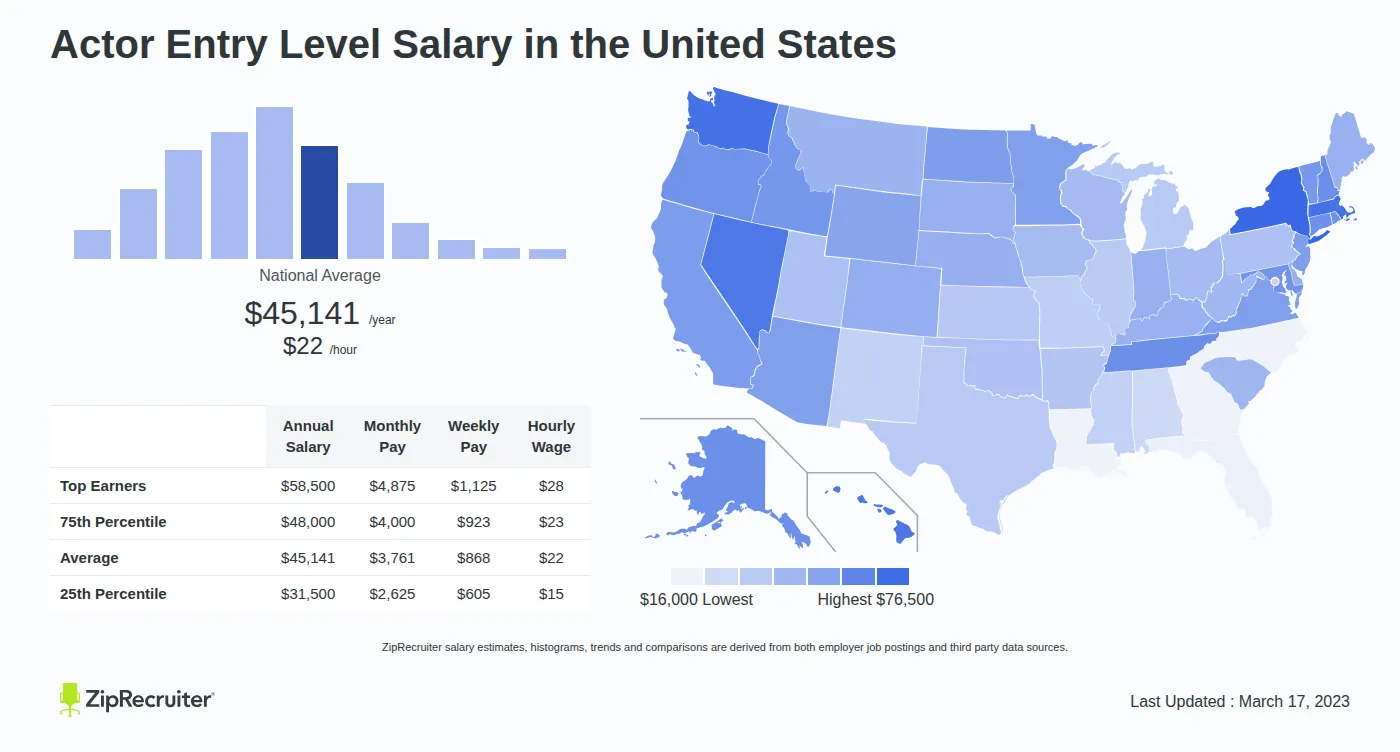Background Actor Payment Structures and Standards
Background actors, also known as extras, represent the entry point for many aspiring performers and operate under specific payment guidelines that vary by location, production type, and union status. Non-union background work typically pays between $100-200 per day, while union background actors receive SAG-AFTRA minimum rates that provide better compensation and working conditions.
The payment process for background actors involves several considerations including base day rates, overtime calculations, wardrobe fittings, and special skills premiums. Productions must also account for meal penalties, travel time, and weather-related delays that can affect overall compensation packages.
Understanding the distinction between featured background work and general background roles is essential, as featured positions command higher rates and may include additional responsibilities such as specific actions or interactions with principal cast members.




